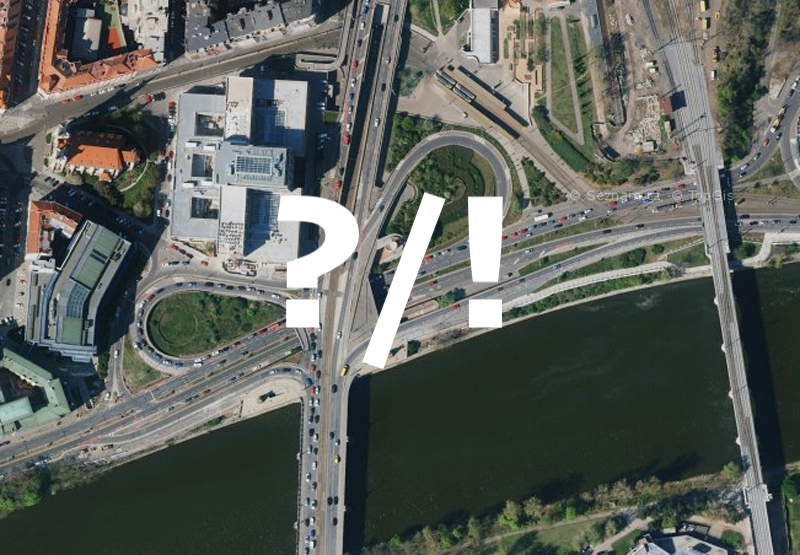Plans to build a new classical music concert hall in Prague are a long time in the making (we have covered it in English here). During the pandemic, however, a new dispute emerged: Should this new hall be digital? Two Opera Plus contributors, David Železný and Roman Bělor, published two opposing points of view. This is our summary.
David Železný, in “Prague Needs a New Concert Hall – but a Digital One,” starts by pointing out that Prague already has several beautiful and acoustically sound concert halls. He also points out that, thanks to its investment in digital streaming technology, the Czech Philharmonic’s post-corona concerts have been viewed by an unprecedented number of people; its four benefit concerts alone, for example, were heard by some 1,100,000 viewers. “We wouldn’t be able to build a hall that big, would we?” he writes. In short, according to David Železný, investing in streaming technology would cost less than a superfluous new concert hall and bring Czech music to a much broader audience all over the world. Moreover, he adds, Czech “tradition” dictates that a new concert hall might take over a decade to build, whereas “we can have a digital concert hall now.”
David Železný’s article elicited a response from the head of the Society for the Construction of a New Concert Hall in Prague. In his article “A Digital Concert Hall Cannot Replace a New Concert Hall In Prague,” Roman Bělor countered by questioning the premise that Prague has enough fully-functional concert halls. First, he points out that the question of seating capacity is a simplistic one; there is also, he argues, the question of having various sizes of concert halls for various types of music and, he points out, the planned concert hall, whose construction he will be overseeing, will include an additional mid-sized hall, a size which he says is lacking in Prague. He also argues that Prague’s population will grow over the course of the next decade. Further, he cites issues with the current historical concert halls, including labyrinthine pathways for performers towards the stage, insufficient backstage space, ambient noise, difficult access to many of the seats in the halls, too many seats with limited view, and “Prague’s legendary lines for intermission refreshments.” He acknowledges that Prague’s historic halls have their purpose and sentimental value but argues that the idea that they perfectly fulfill the needs of today’s audience is simplistic. Moreover, he asks, what would be keeping the new hall, and all the historic ones, from investing in streaming infrastructure? One critique Mr. Bělor agrees on with Mr. Železný is that the construction of new public buildings takes too long in the Czech Republic, and points out that Prague has constructed only one such building (the Czech National Library of Technology) since 1989.
Roman Bělor ends by saying: “I want to emphasize that in this article I speak for everyone who, for years and decades, has considered the construction of a new concert hall in Prague indispensable, that is, the members of the Society for the Construction of a New Concert Hall in Prague and its predecessors of one and two generations ago, and now also a large number of professionals who, in rare agreement with the politicians of Prague (including the democratic opposition), are already hard at work on the Vltavská concert hall project.”
Indeed, the construction of a new concert hall in Prague is decades in the making and serious strides in its construction took place shortly before the pandemic began. It is difficult to reverse such a long-term process under even under quickly-changing circumstances.




